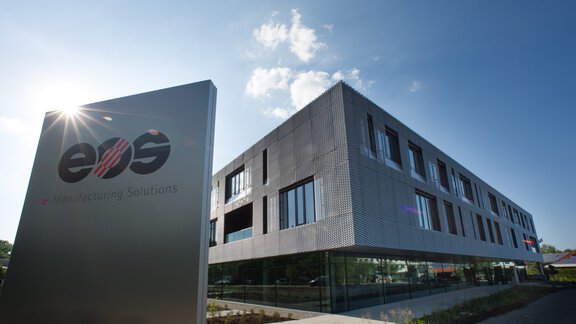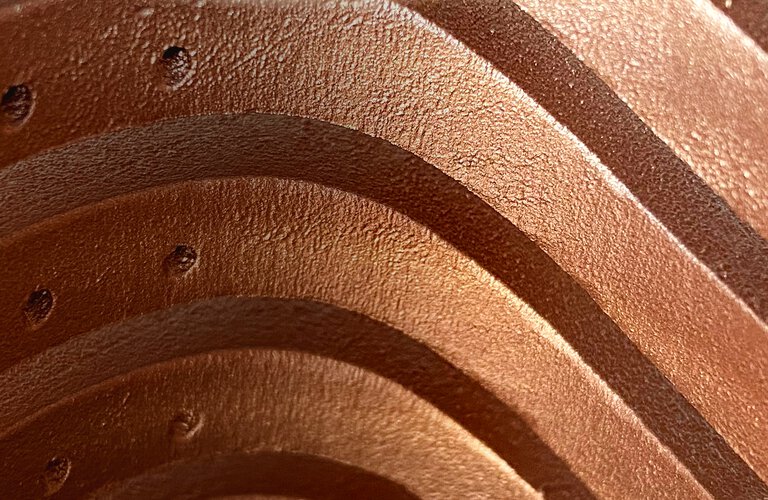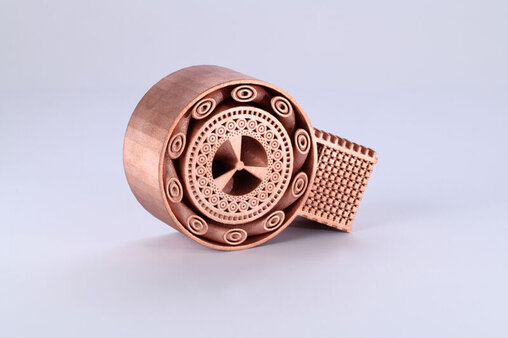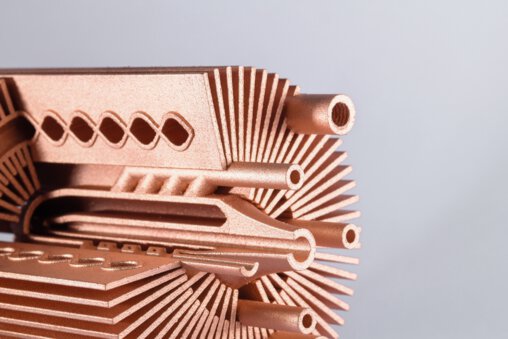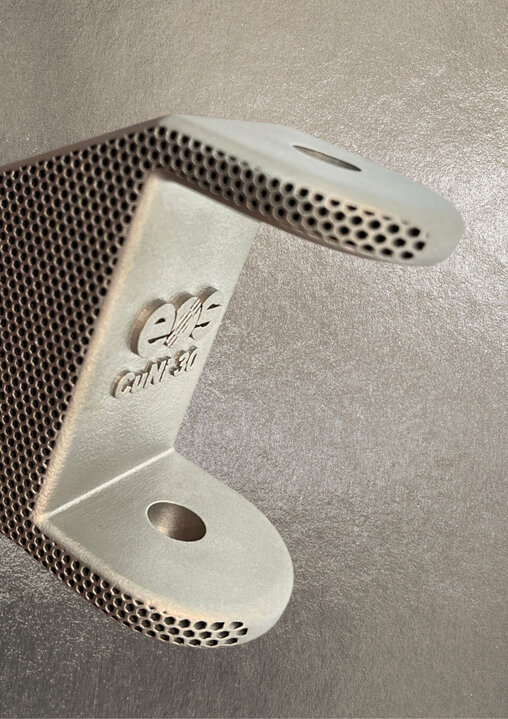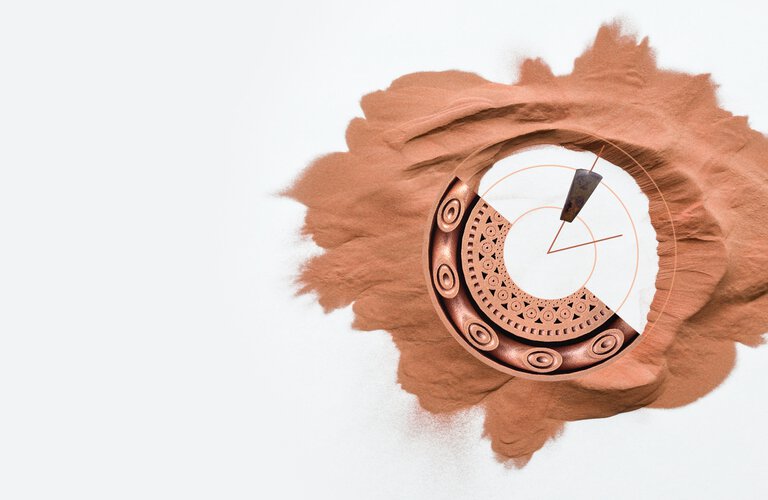Copper in Additive Manufacturing: Newbie on the Rise
Copper 3D printing is one of the newest areas of additive manufacturing - and one of the most growing. Until a few years ago, it was problematic to impossible to print three-dimensional objects with copper because the metal's reflectivity and high thermal conductivity made it difficult to use conventional 3D printers.
As a pioneer in the field of copper 3D printing, EOS has mastered these challenges, so today , using copper advanced applications can be printed, from rocket propulsion systems to copper coils. The material properties of copper make it ideal for any application requiring good conductivity - both in thermal and electronic terms. In the past, copper parts had to be forged, cast or machined. 3D printing with copper now makes it possible to produce much more complex geometries that, for example, increase the efficiency of electric motors or enable new types of heat sinks in power electronics.
EOS Copper 3D Printing
The copper family includes Cu, CuCP and CuCrZr alloys developed and qualified for use with EOS metal systems. They all impress with good electrical and thermal conductivity, making them suitable for a wide range of applications.
All our copper materials are well tried and tested as consistent and reproducible part quality is essential for applications in many industries. For more transparency, we at EOS adapted the Technology Readiness Levels (TRL) concept developed by NASA for our 3D printing materials.
Our EOS Copper CuCP is a TRL 5 material. It is delivered with a lot specific MTC (according to EN 10204, type 3.1). EOS CopperAlloy CuCrZr and EOS Copper Cu are TRL 3 materials which are supplied with a material test report MTR (according to EN 10204, type 2.2) showing chemical properties and grain size distribution.
EOS Copper Cu
This high purity copper achieves good electrical and thermal conductivity and is suited for a wide range of applications.
Typical Part Properties
| Chemical composition in compliance with | approx. 99.6% pure |
| Ultimate Tensile Strength | 190 MPa |
| Yield Strength | 140 MPa |
| Elongation @ Break | 20 % |
EOS Copper CuCP
This commercially pure copper offers excellent thermal and electrical conductivity of up to 100% IACS which makes it ideal for inductors, electrical motors and many other applications.
Typical Part Properties
| Chemical composition in compliance with | >99.95 % pure |
| Ultimate Tensile Strength | 165 MPa |
| Yield Strength | 235 MPa |
| Elongation @ Break | 45 % |
EOS Copper Alloy CuCrZr
This copper alloy has a favorable combination of electrical and thermal conductivity combined with good mechanical properties.
Typical Part Properties
| Chemical composition in compliance with | C18150 and CW106C |
| Ultimate Tensile Strength | 300 MPa |
| Yield Strength | 200 MPa |
| Elongation @ Break | 30 % |
EOS CopperAlloy CuNi30
This copper alloy has excellent corrosion resistance in salt water. It has good strength and ductility. CuNi30 has good ductility also in very low temperatures. Material is in accordance with UNS 96400.
Typical Part Properties
| Chemical composition in compliance with | ASTM B369-09 UNS 96400 |
| Ultimate Tensile Strength | 500 MPa |
| Yield Strength | 420 MPa |
| Elongation @ Break | 30 % |
Copper 3D Printing: From Powder to Part
The DMLS 3D printing technology used in EOS metal 3D printers is based on Laser Powder Bed Fusion (LPBF) and represents one of the world's most advanced technologies in metal additive manufacturing. At EOS, DMLS stands for the German term Direkt Metall Laser Schmelzen (Direct Metal Laser Melting). Our high-end 3D printing technology is based on a melting process instead of sintering and features very solid parts. As the world's leading supplier of industrial metal 3D printers, we draw on a wealth of experience spanning nearly three decades. 3D printing with copper is a future-oriented process that can be decisive for competition. Discover the exciting possibilities for your production now.
